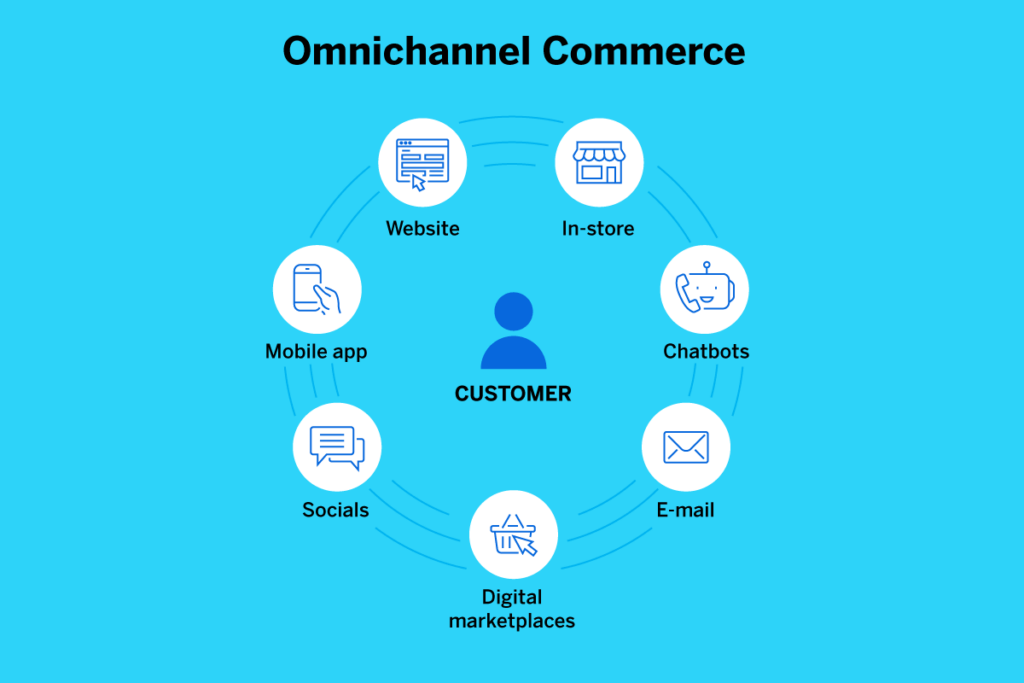In the dynamic realm of retail, establishing a successful retail media strategy distinct from traditional media approaches is essential for creating a personalized and holistic customer experience, also known as an omni-experience. Often, brands struggle to curate a comprehensive shopping journey, not due to a lack of effort but due to the complexity of the process.

The Essence of Thorough Planning
Effective planning of promotional calendars, in-store execution, circulars, and digital media is a meticulous process that cannot be expedited. For retail media programs to significantly impact, integrating shopper marketing, brand, and sales efforts is crucial. This integration provides shoppers with compelling reasons to try new products and fosters a seamless shopping experience.
Implementing Omni-Experience in Practice
Omni-experience requires considering every consumer touchpoint before, during, and after the shopping trip. It’s about inspiring shoppers with new ideas for weeknight meals or afterschool snacks that seamlessly integrate into their weekly routine. Retail media creativity should evolve beyond basic product images and “buy now” calls to action, catering to shoppers who often plan for a full shopping cart.
Facilitating Shopping Decisions
A true omni-experience pairs inspiration with strategic promotions, encouraging consumers to return to their preferred retailers. Through thoughtful planning and simplification of the shopping process, brands can achieve growth and build customer loyalty.
Challenges in Campaign Planning
Many brands face challenges in coordinating omni-experiences, often resulting in sporadic campaign planning and fragmented customer experiences. The complexity arises from diverse promotion strategies, such as price reductions and rebate offers, and the need for synchronizing digital and in-store strategies.
Starting with the Sales Team
The sales team, familiar with the nuances of retail operations and possessing deep category knowledge, plays a vital role. They help align media with promotions and offer insights on target audiences and creative direction. Effective sales strategies consider the price sensitivity of shoppers, combining promotional details with practical usage occasions.
Understanding Consumer Search Patterns
Analyzing search patterns on retail websites is crucial. This includes understanding how shoppers build their shopping lists or look for specific product attributes like gluten-free or dairy-free options. Keyword analysis helps in making the online shopping journey more intuitive.
Focusing on Bigger, Impactful Campaigns
In cases of time or budget constraints, focusing on fewer but larger campaigns can be more effective. Such campaigns require extensive cross-team planning, often taking six to eight months to develop a comprehensive retail presence.
Importance of Customer-Centric Campaigns
Campaigns should ease the shopping experience, providing inspiration and enticing offers. In a world bombarded with advertisements and messages, campaigns that do not simplify shopping or capture attention may need reevaluation.
Conclusion
Building omni-experiences requires a customer-centric approach, aligning creative strategies with market offers and ensuring coordination with the brand and sales teams. Enjoy the process of creating these experiences, keeping the shopper’s needs at the forefront of every strategy.
Tư liệu cho bài viết được dịch bởi Doctranslate.io


